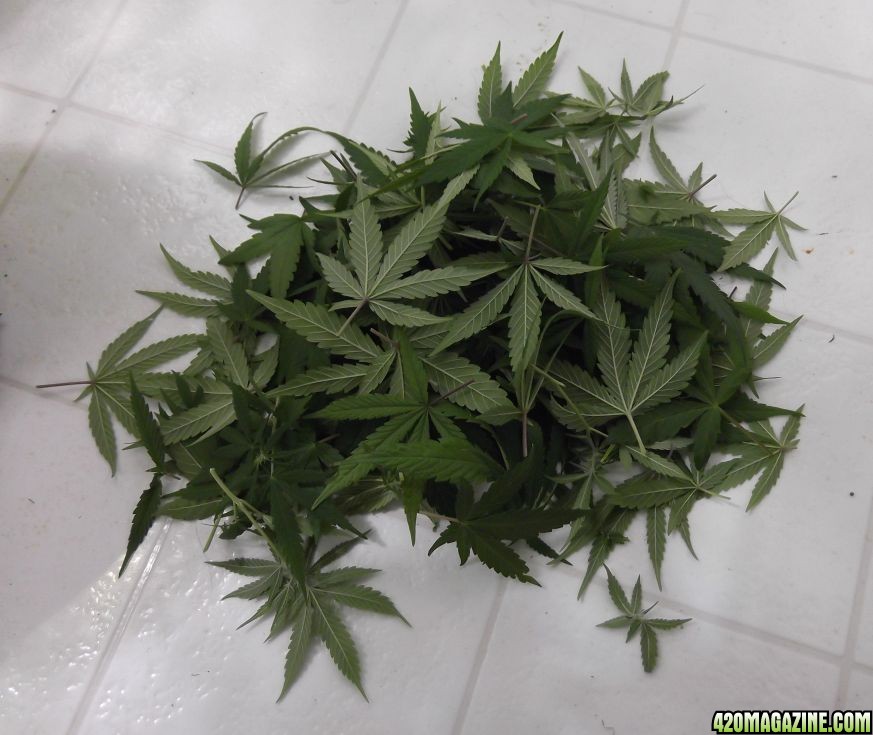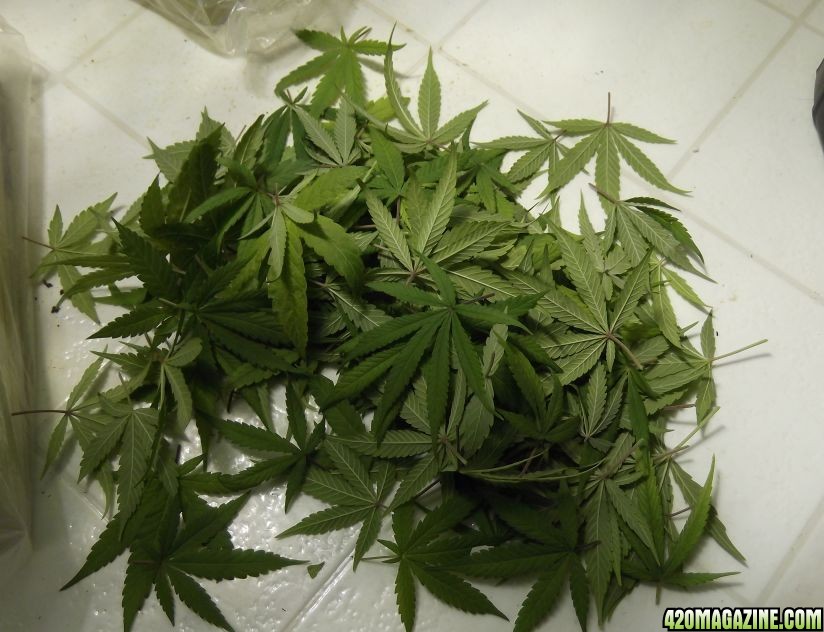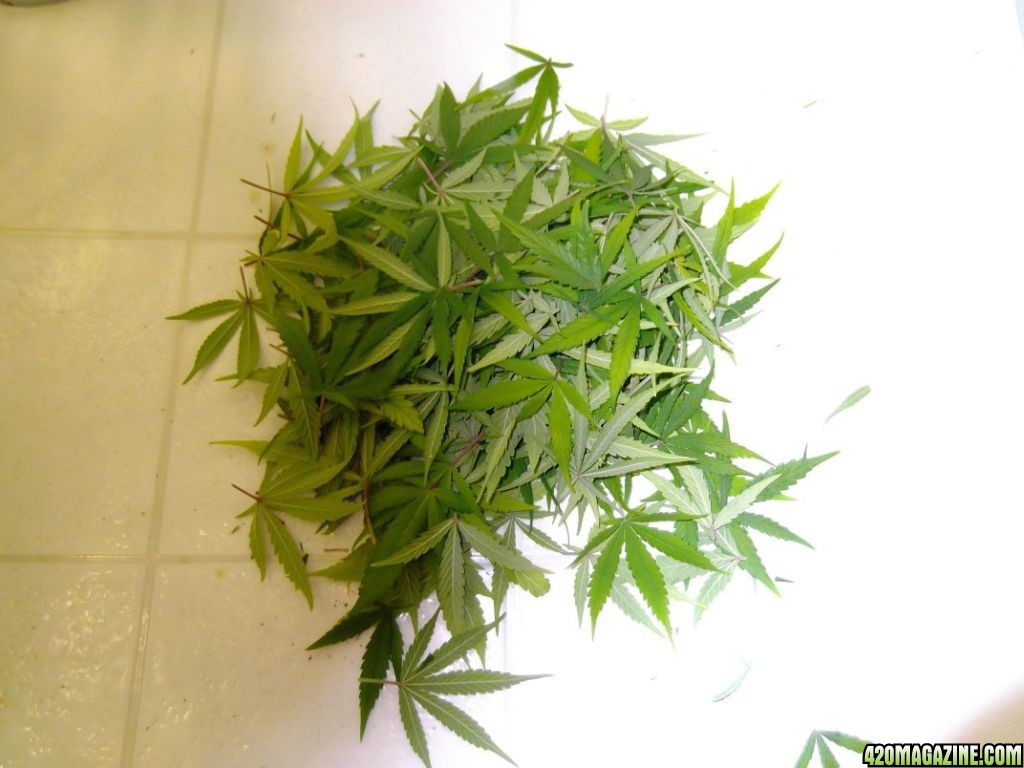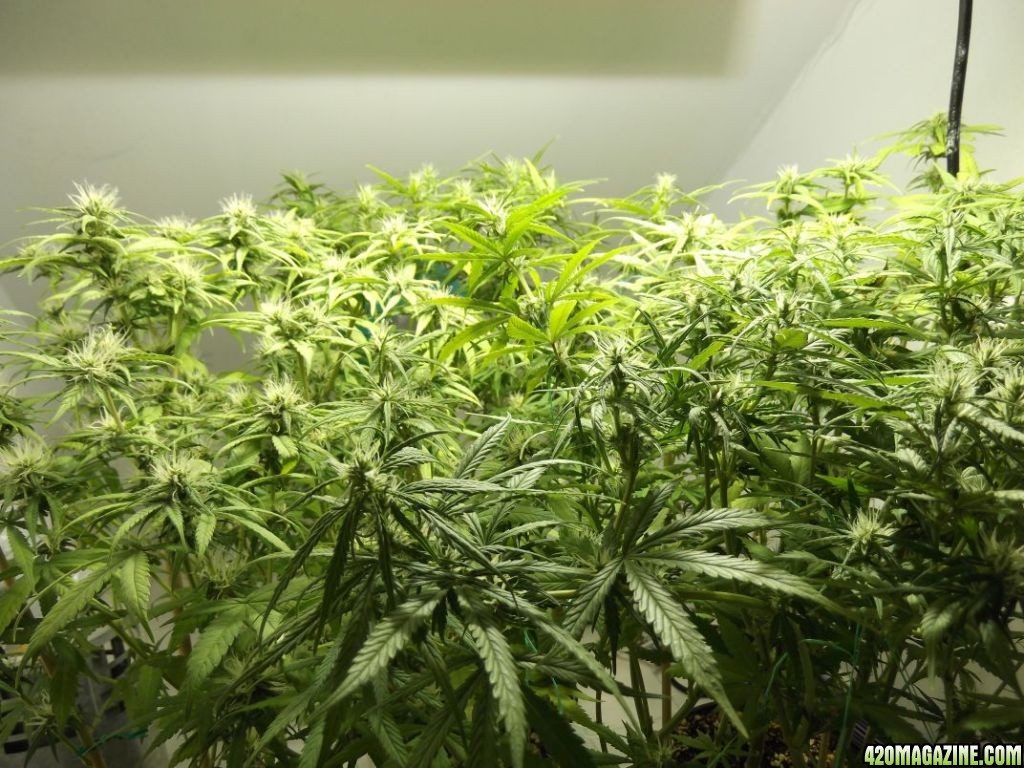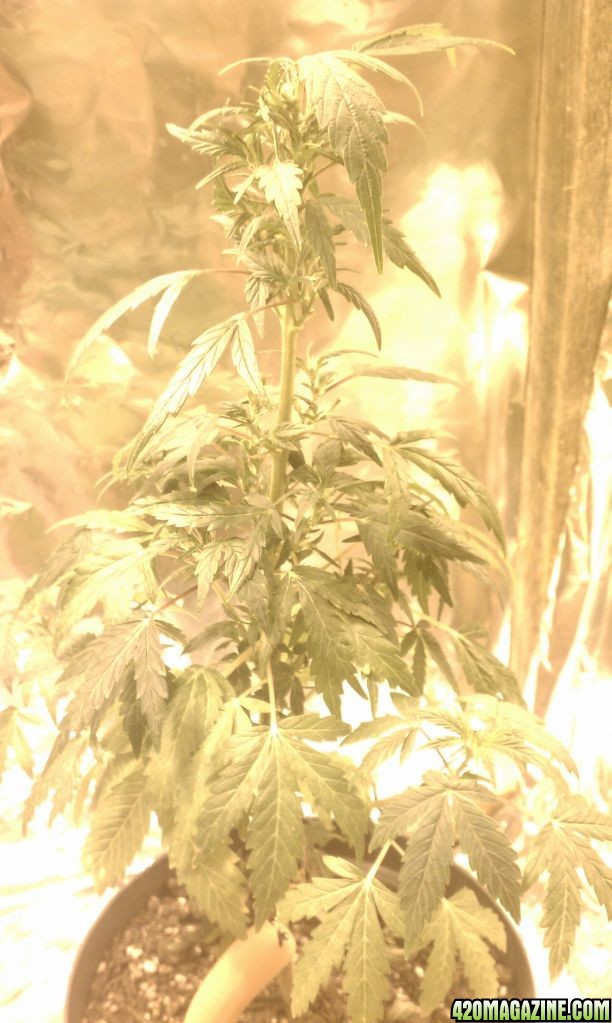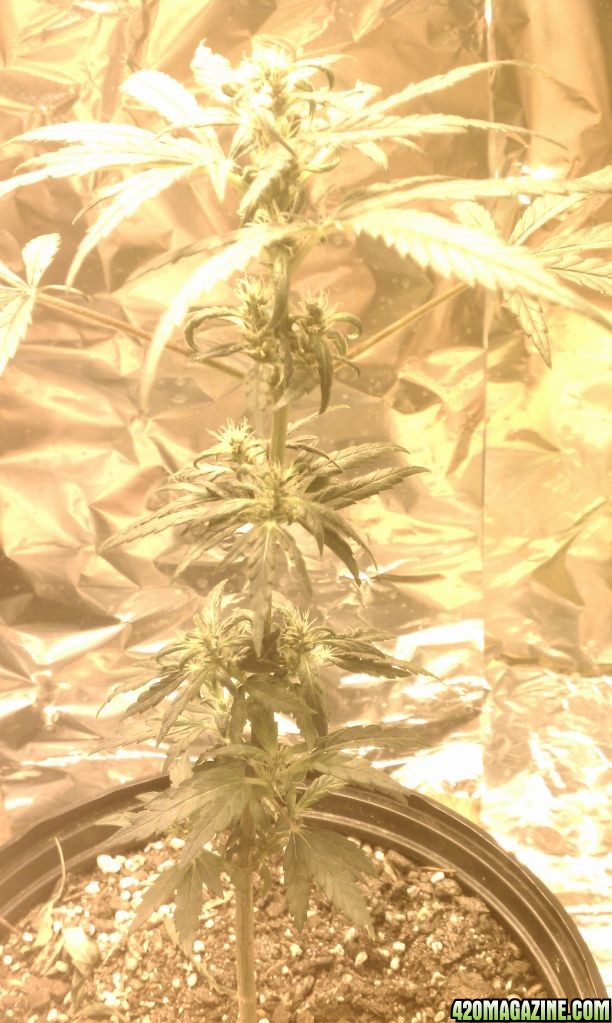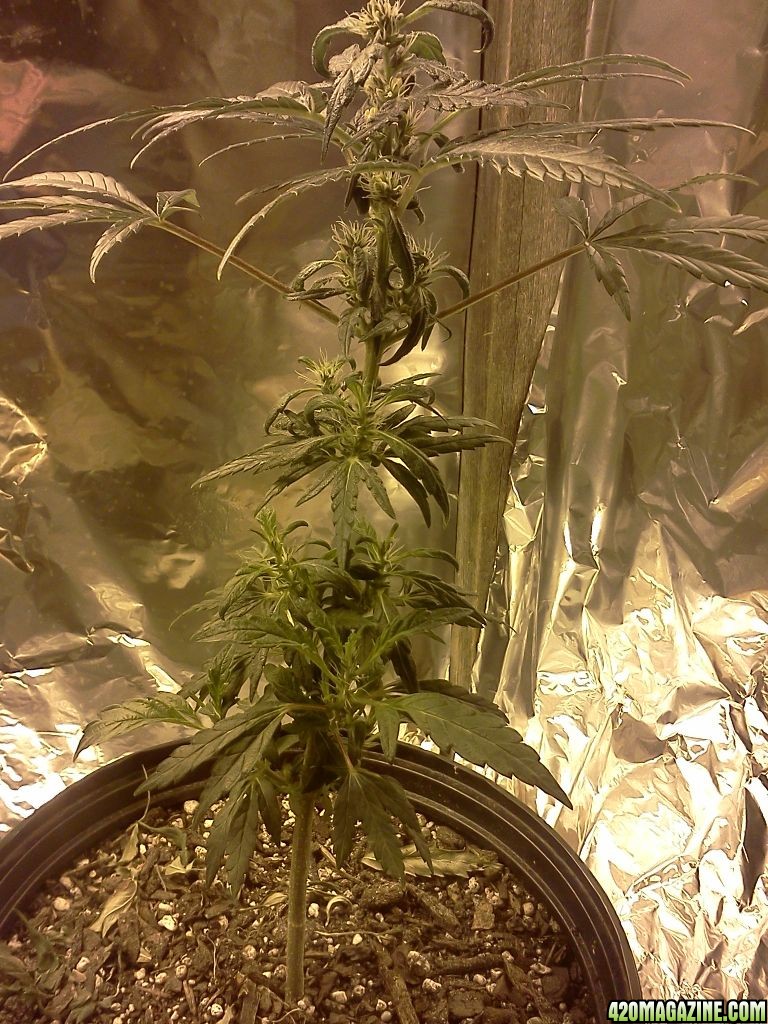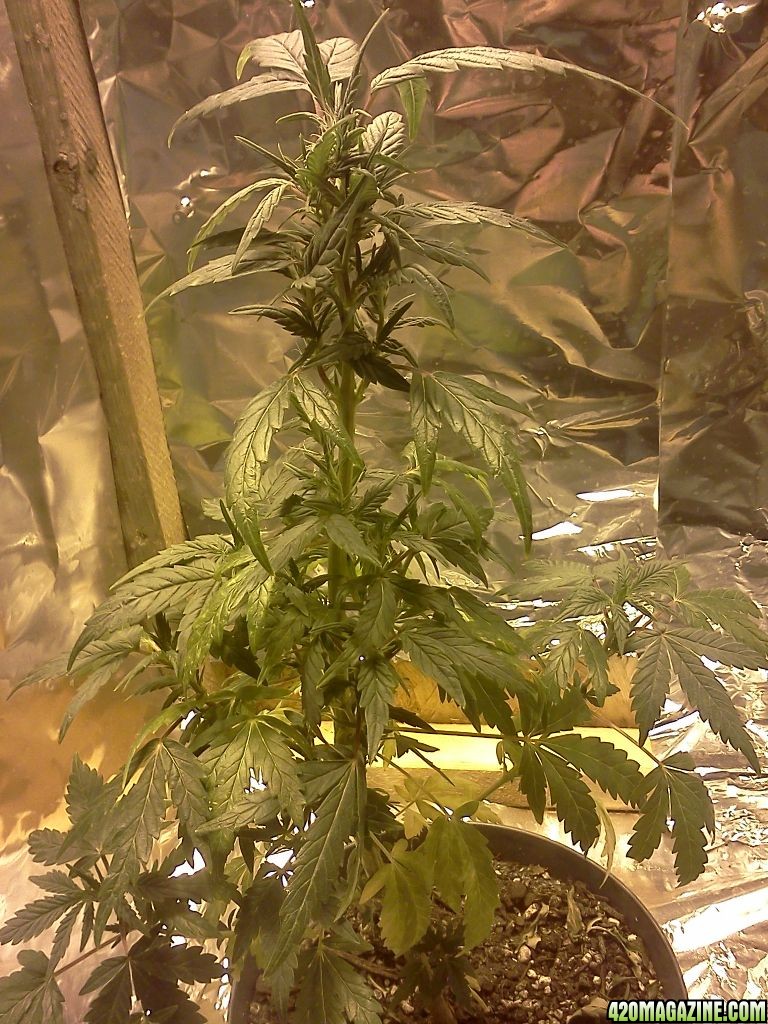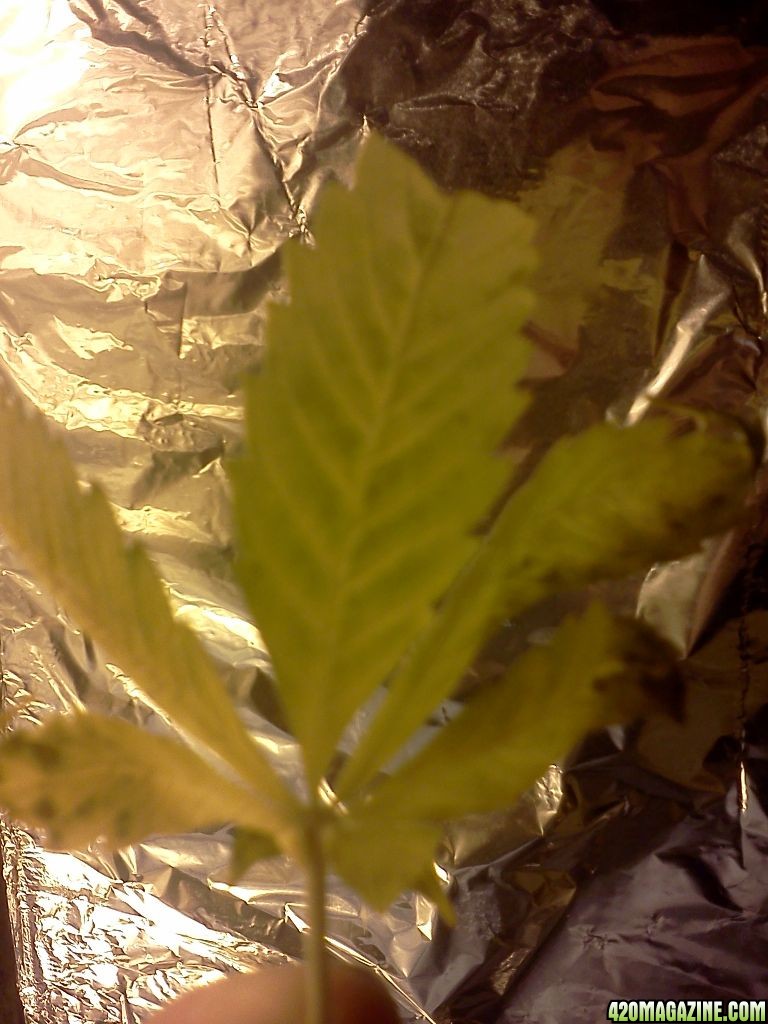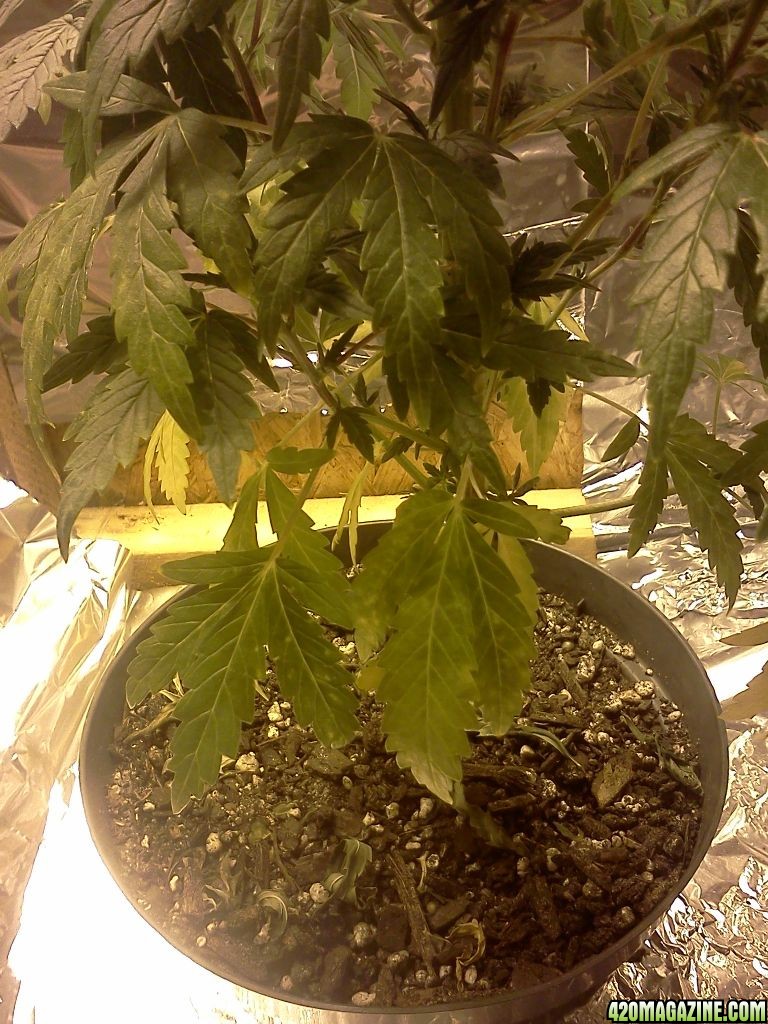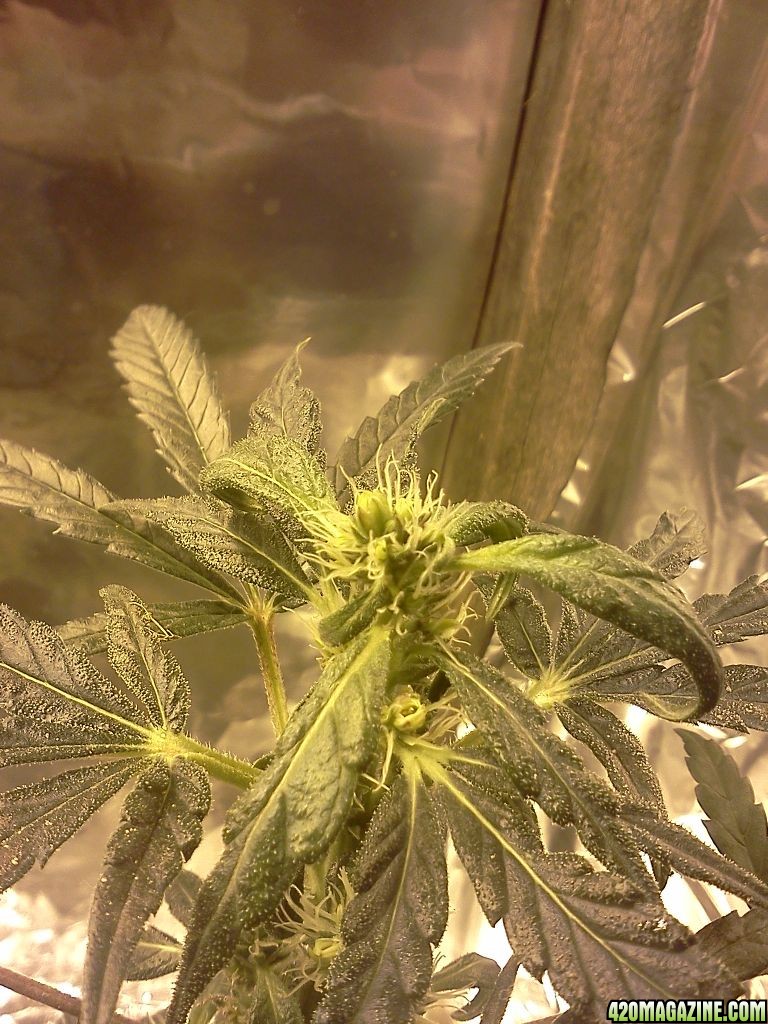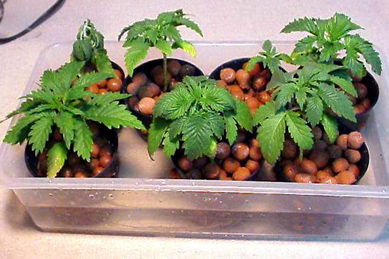What strain is it?no clue
Is it Indica, Sativa or Hybrid? What percentages?also no clue
Is it in Veg or Flower stage?veggie
If in Veg... For how long?
Indoor or outdoor?indoor
Soil or Hydro?soil
Size of light?150w
Is it aircooled?yes
Temp of Room/cab?75ish
Any Pests ?maybe found a cob web but only one
How often are you watering?myabe once a day
Type and strength of ferts used?18-21-18
this is my first time growing so bare with me i got these two plants i rescued from a guy he was growing them outside and not taking care of them at all,so i decided to take them off his hands.
anywayz i built a grow box my self its about 6ft tall i used aluminum foil on the wallz going to replace with white paint later on. i have a 150w(i think) full spectrum light.
the guy had no clue how far along either of them were along and neither do i, I also think one of them is in flowering stage, and i want to revert it to veggie state with 18 on 6 off becuase its only like 6" tall.
well here is some pics and btw i just started adding nutrients to it they guy hadn't added any to them when i got them
plant#1
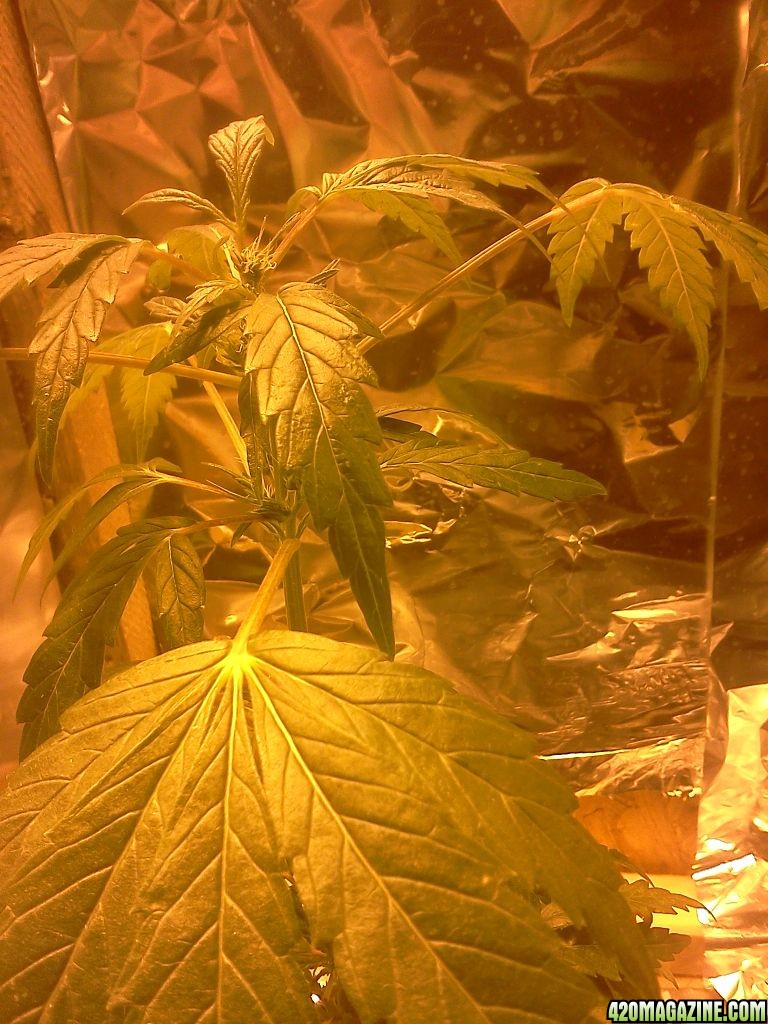
plant #2 this is the one i think started flowering but ive never don this before
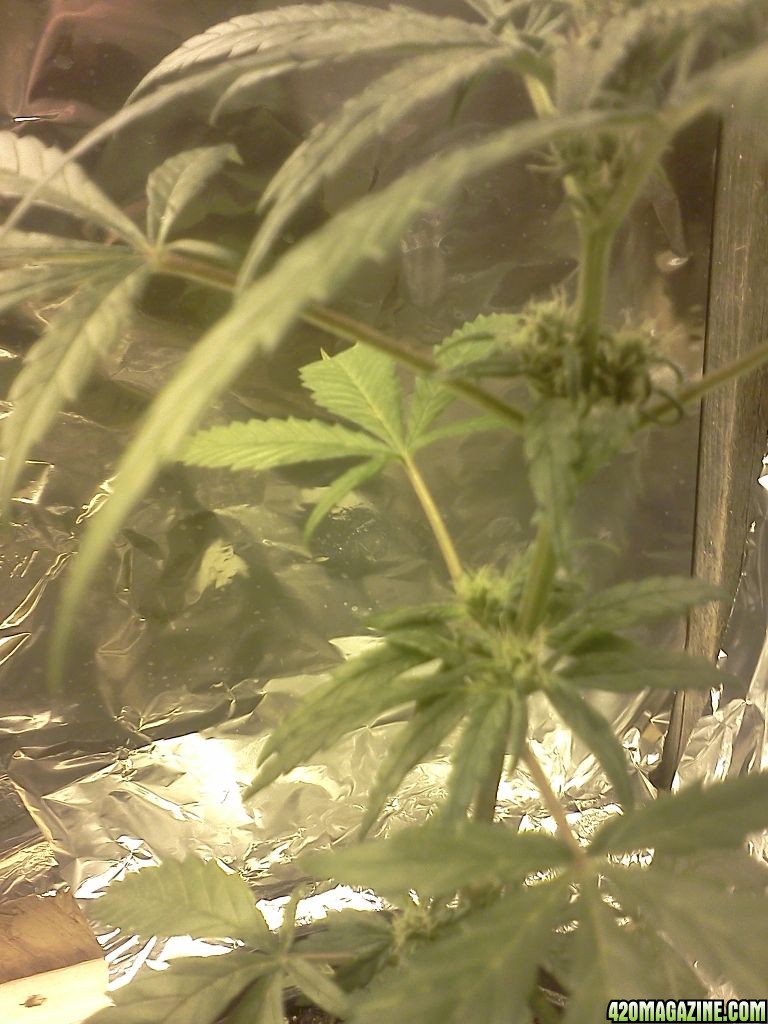
just some random pictures of the plants
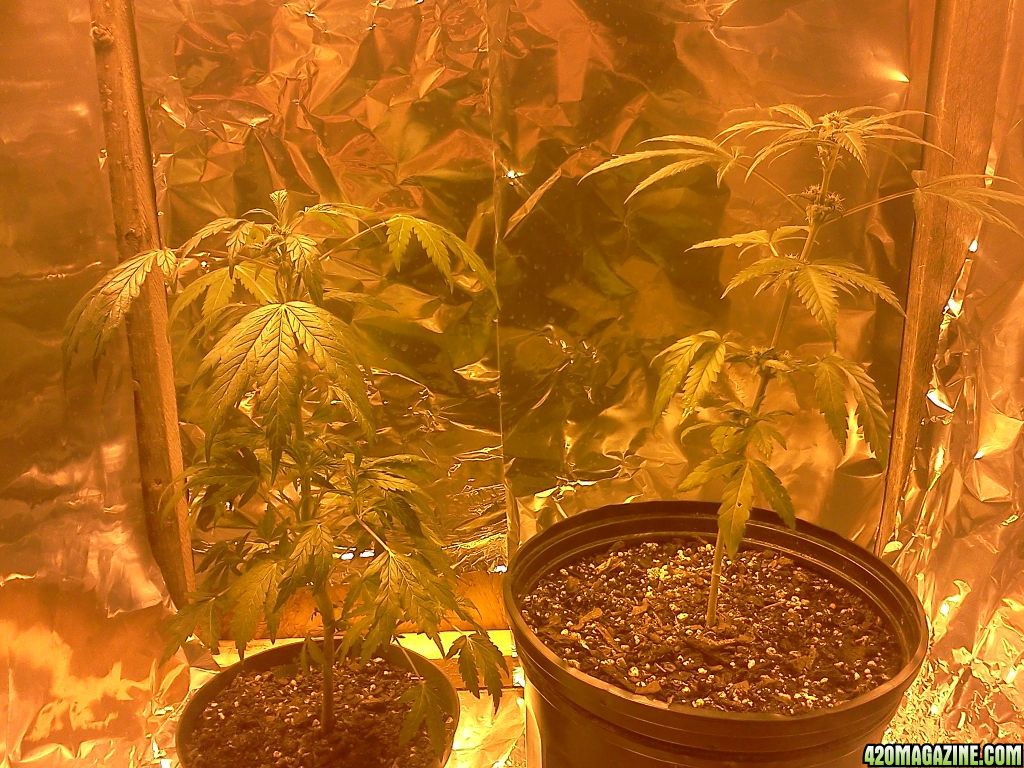
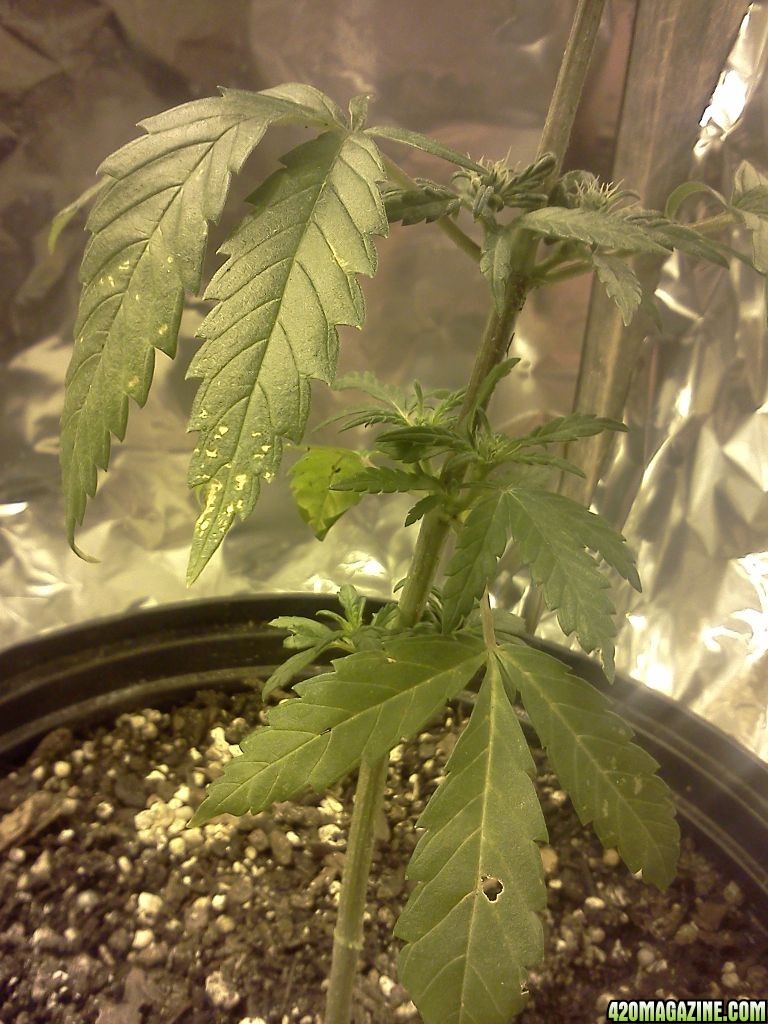
tell me what you guys think
Is it Indica, Sativa or Hybrid? What percentages?also no clue
Is it in Veg or Flower stage?veggie
If in Veg... For how long?
Indoor or outdoor?indoor
Soil or Hydro?soil
Size of light?150w
Is it aircooled?yes
Temp of Room/cab?75ish
Any Pests ?maybe found a cob web but only one
How often are you watering?myabe once a day
Type and strength of ferts used?18-21-18
this is my first time growing so bare with me i got these two plants i rescued from a guy he was growing them outside and not taking care of them at all,so i decided to take them off his hands.
anywayz i built a grow box my self its about 6ft tall i used aluminum foil on the wallz going to replace with white paint later on. i have a 150w(i think) full spectrum light.
the guy had no clue how far along either of them were along and neither do i, I also think one of them is in flowering stage, and i want to revert it to veggie state with 18 on 6 off becuase its only like 6" tall.
well here is some pics and btw i just started adding nutrients to it they guy hadn't added any to them when i got them
plant#1

plant #2 this is the one i think started flowering but ive never don this before

just some random pictures of the plants


tell me what you guys think




